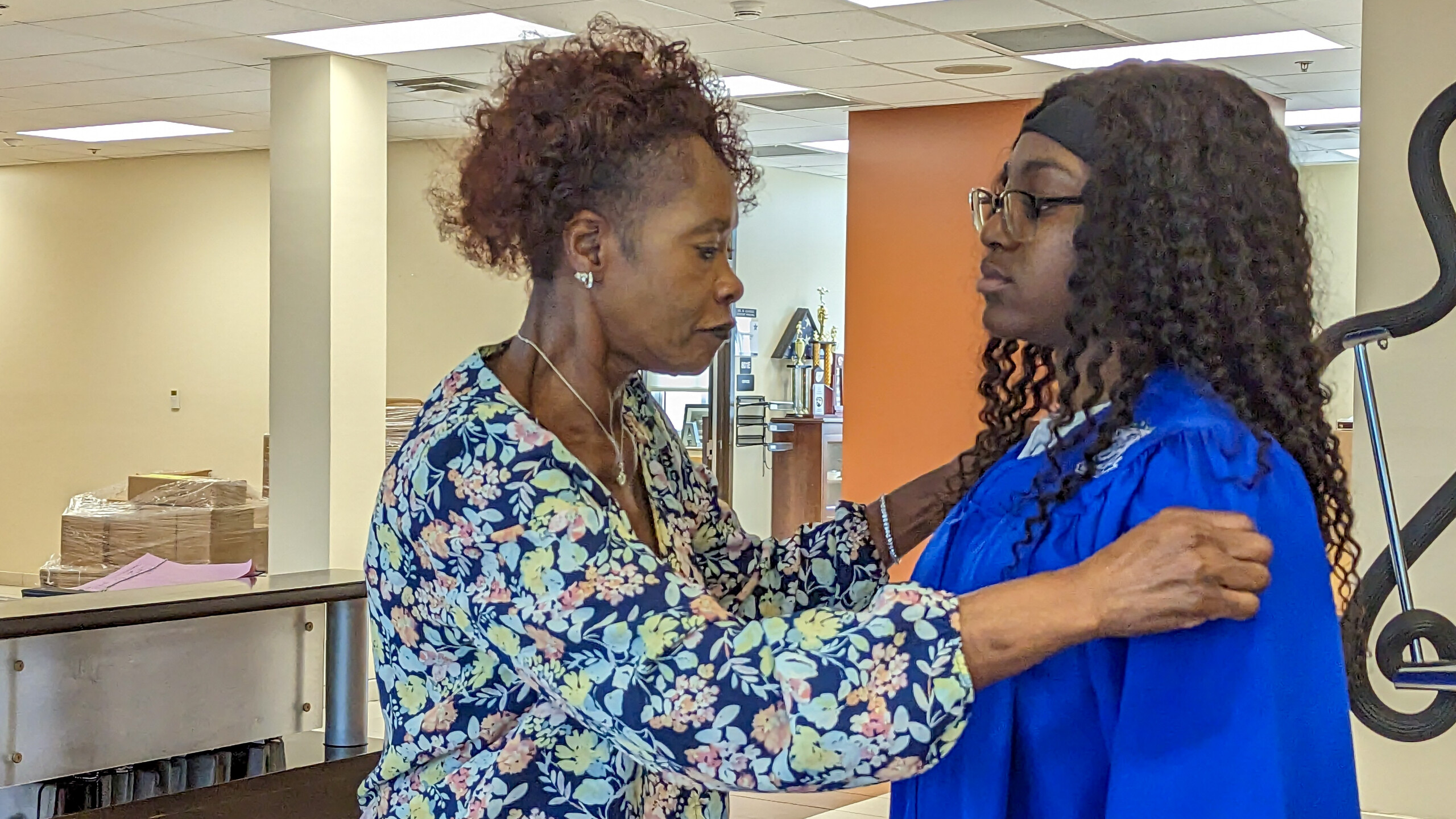Students in Northeast Florida and the peninsula at large are crossing the stage at record high rates.
Florida’s 88% graduation rate for the 2022-23 academic year is the highest in a nonpandemic year. The state record was set during the 2020-21 academic year, when students did not need to pass a standardized test to graduate.
In Duval County, 87.2% of students graduated, the highest percentage in a nonpandemic year. It was an increase from the 85.6% graduation rate in 2021-22 and superior to the 86.5% in the 2018-19 academic year.
The three surrounding counties all exceeded the statewide average; however, Nassau County’s graduation rate slipped from 93.3% in 2022 to 91% in 2023. Clay County graduated 90.9% of its students in 2023 but has yet to exceed its prepandemic highs.
St. Johns County led the region with a 94% graduation rate in 2023. St. Johns was the second-best district in Florida, behind rural Lafayette County, for student achievement in the 2022-23 academic year.
“Graduating high school is important for any student’s future,” Education Commissioner Manny Diaz Jr. said in a written statement. “It’s the culmination of many years of dedicated learning and an accomplishment that prepares students for good jobs, for college admissions and for a better all-around future. Since Governor DeSantis took office, high school graduation rates have climbed to unprecedented levels in our state. I’m so proud of our world-class educators and what this means for students, families and future generations of Floridians.”
The Florida Department of Education specifically applauded the graduation rate gains of Black students, students with disabilities and Hispanic students.
Duval, Nassau, Clay and St. Johns counties all exceeded the statewide graduation rate for Black students (85.5%). Clay (89.5%) and St. Johns (95.4% percent) exceeded the 86.8% statewide graduation rate for Hispanic students, while Duval (85.3%) and Nassau (82.9%) did not.
Duval County Public Schools graduated 85.5% of its 3,622 Black seniors in 2023. Nassau County witnessed 97.3% of its Black students graduate, while Clay also witnessed 92.5% of its Black students graduate.
Despite, St. Johns County's legacy as one of Florida’s top districts, Black students there were less likely to graduate high school there than at Jacksonville’s two-predominantly Black high schools last year.
Raines and Ribault, two schools with students zoned from two of Florida’s most under-resourced ZIP codes, graduated 94.7% and 96.1% of its students last year. Meanwhile, only 86.4% of Black students in St. Johns County earned their diploma last year.
The Education Department data did not break out graduation rates for schools that had fewer than 10 people in a cohort, whether it was white students, Black students, Hispanic/Latino students, Asian students or multiracial students. That means the number of white graduates at both Raines and Ribault, as well as the number of Black graduates at Ponte Vedra High School in northeast St. Johns County, were not publicly shared.
Elsewhere in the region, Clay County District Schools excelled at graduating students who qualified for federal free and reduced lunch programs or were categorized as “at-risk” students.
The 87.1% of Clay students who qualified for free and reduced lunch is highest in Northeast Florida and exceeds the 83.8% statewide average. The 81.8% of “at-risk” students who graduated was more than 10 percentage points better than the rest of the state.
Lead image: The late Mary Ella Sams, left, helps Akira Roberson put on her graduation gown on May 23, 2023. Roberson was among 7.052 Duval County Public Schools students who graduated in the 2022-23 academic year. | Will Brown, Jacksonville Today







